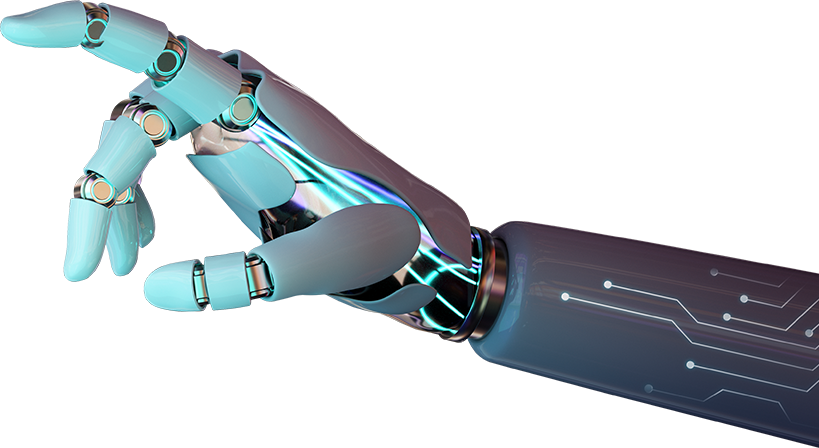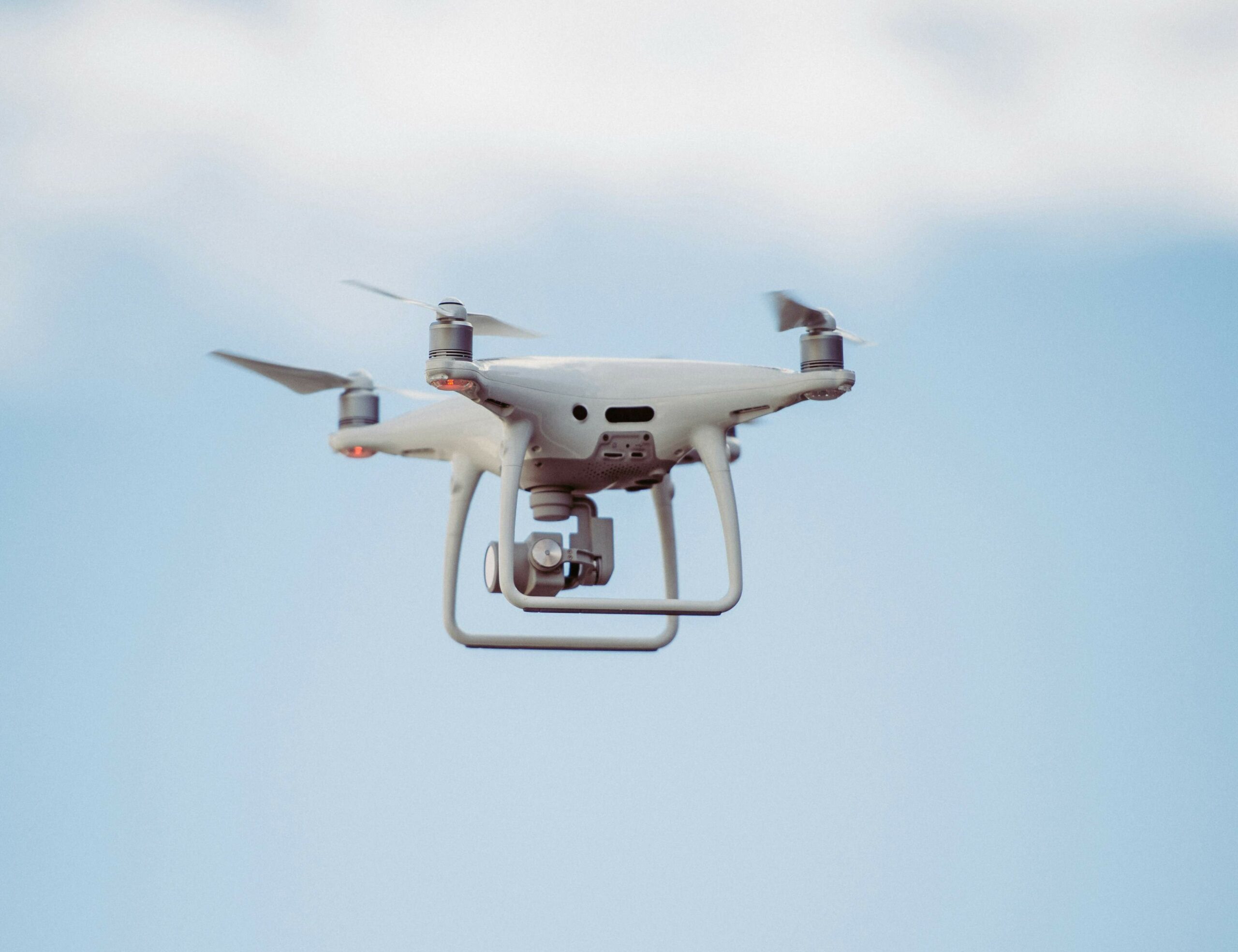Unlock the power of computer vision with object localisation. This vital tool transforms projects, offering new ways to enhance technology integration. Dive into its potential, and discover how it revolutionises real-world applications. Ready to elevate your understanding and skills? Explore practical insights and step-by-step guidance to master seamless integration. Let’s turn complexity into opportunity.
Table of contents
ToggleUnderstanding object localisation in computer vision
Object localisation identifies and pinpoints objects within an image. This process uses computer vision techniques to determine the position and boundaries of objects. It forms a core aspect of image analysis in modern applications, enhancing functionalities like autonomous driving and surveillance. Understanding key concepts such as bounding boxes and confidence scores proves essential. Mastery of object localisation empowers developers to build more accurate and efficient systems.
Key concepts and terminology
In the realm of computer vision, understanding key concepts of object localisation proves crucial. These concepts form the foundation for effective implementation in projects. Essential terms include:
- Bounding Box: Defines the exact region of an object.
- Intersection over Union (IoU): Measures overlap accuracy between predicted and true boxes.
- Confidence Score: Indicates the likelihood of accurate object detection.
To excel, one must grasp differentiating object localisation from detection. This involves recognising that localisation pinpoints an object’s position, while detection identifies and classifies objects within an image.
The role of object localisation in modern applications
Object localisation plays a pivotal role in modern applications. It enhances autonomous vehicles by enabling precise navigation and obstacle detection. In retail, it optimises inventory management through real-time object tracking. Healthcare benefits as well, with improved diagnostics via medical imaging. Security systems use object localisation for effective surveillance and threat assessment. Augmented reality applications rely on it for seamless digital and physical world integration. Its versatility makes object localisation indispensable across various industries, driving innovation and efficiency.
Tools and technologies for object localisation
Navigating the world of object localisation requires the right tools. Popular libraries offer robust capabilities for seamless integration. Consider these options:
- TensorFlow: Known for its flexibility and extensive community support.
- PyTorch: Offers dynamic computation graphs and ease of debugging.
- OpenCV: Ideal for real-time applications with comprehensive image processing features.
Selecting the right framework enhances efficiency and precision, streamlining project workflows.
Popular libraries and frameworks
Professionnels en vision par ordinateur utilisent des bibliothèques populaires comme TensorFlow et PyTorch. Ces outils offrent des fonctionnalités robustes pour l’object localisation. Ils fournissent des modèles pré-entraînés et des API flexibles. Cela facilite l’intégration dans des projets existants. Pour optimiser l’entraînement des modèles, maîtriser les techniques de TensorFlow et PyTorch pour la formation à la détection d’objets s’avère crucial. Ces frameworks soutiennent des applications modernes, rendant les projets plus précis et efficaces.
Choosing the right tool for your project
- Evaluate project requirements and constraints for effective tool selection.
- Consider the compatibility of the library with your existing systems.
- Analyse community support and documentation availability.
- Assess the tool’s scalability and performance in real-time applications.
Selecting the right tool for object localisation ensures efficient integration and optimises project outcomes.
Step-by-step guide to integrating object localisation
Begin by setting up your environment with Python and essential libraries like OpenCV. Implement object localisation algorithms using a pre-trained model, ensuring seamless integration with your existing system. Test the setup rigorously, refining parameters to enhance both performance and accuracy.
Preparing your project environment
Establishing a robust project environment ensures seamless integration of object localisation. Begin by selecting a suitable programming language, often Python for its rich ecosystem. Install necessary libraries, including OpenCV and TensorFlow, to handle complex tasks. Ensure your system meets the hardware requirements, particularly GPU capabilities, for efficient processing. Follow this checklist:
- Language: Choose Python for extensive library support.
- Libraries: Install OpenCV and TensorFlow for image processing.
- Hardware: Verify GPU compatibility for enhanced performance.
This preparation lays the foundation for successful implementation.
Implementing object localisation algorithms
- Select a suitable algorithm for your project.
- Prepare your dataset for training.
- Configure the model parameters.
- Run the training process.
- Validate the model with test data.
Implementing object localisation involves several key steps. Following these ensures accurate detection and efficient integration. By training systems to identify objects, you enhance the capability of your application, leading to improved functionality.
Testing and refining your integration
Testing your integration involves validating object localisation accuracy. Run multiple datasets to ensure consistency. Use confusion matrices to analyse results. Identify anomalies and adjust parameters. Continuously refine algorithms based on feedback. Consider edge cases for robustness. Implement automated tests for efficiency. Document findings meticulously. Iterate the process to achieve optimal performance in real-world scenarios.
Practical examples and case studies
| Application | Outcome |
|---|---|
| Autonomous Vehicles | Enhanced object detection |
| Retail Analytics | Improved inventory tracking |
| Medical Imaging | Increased diagnostic accuracy |
| Security Systems | Better threat detection |
| Agriculture | Optimised crop monitoring |
Successful integration stories
A tech firm integrated object localisation in their security system, enhancing real-time threat detection. A logistics company employed it for automated inventory management, boosting efficiency. In healthcare, it improved diagnostic imaging. These success stories highlight the transformative power of precise localisation in diverse sectors.
Lessons learned from real-world applications
Real-world applications highlight the importance of robust object localisation algorithms. Successful projects often prioritise data quality and continuous testing. Integration challenges include aligning machine learning models with existing systems. Iterative refinement and user feedback prove crucial. Adaptability to evolving technologies ensures sustained performance and accuracy. Emphasising these lessons enhances project outcomes and fosters innovation in computer vision endeavours.
Troubleshooting and optimisation
Effective troubleshooting and optimisation in object localisation require addressing common challenges. Below is a list of strategies to enhance performance and accuracy:
- Ensure adequate data preprocessing to remove noise.
- Utilise advanced augmentation techniques for diverse datasets.
- Optimise model architecture for faster inference.
- Implement robust error handling in integration stages.
- Regularly update algorithms to leverage state-of-the-art advancements.
These steps lead to improved system reliability and precision. Each strategy focuses on enhancing both the technical and practical aspects of your project integration.
Common challenges and solutions
Professionals face issues like occlusion and varying lighting in object localisation. Implementing robust algorithms enhances accuracy. Regular testing identifies errors, enabling fine-tuning. Additionally, employing advanced techniques to address computer vision hurdles ensures more reliable integration.
Tips for improving performance and accuracy
Optimise vos algorithmes en ajustant les hyperparamètres pour une meilleure précision. Utilisez des datasets plus diversifiés pour entraîner vos modèles. Implémentez la technique de data augmentation pour enrichir les échantillons d’entraînement. Considérez des frameworks comme TensorFlow pour accélérer le traitement. Enfin, surveillez la consommation de ressources pour garantir des performances efficaces.
Answers to frequently asked questions
What is the primary function of object localisation in computer vision?
Object localisation identifies and locates objects within an image or video. It provides precise coordinates, enabling systems to recognise and interact with objects effectively.
Which frameworks are best suited for object localisation projects?
TensorFlow and PyTorch offer robust support for object localisation. They provide comprehensive libraries and pre-trained models, ideal for integrating localisation in diverse projects.
How can one improve the accuracy of object localisation algorithms?
Enhance accuracy by using high-quality datasets and fine-tuning models. Regular testing and refining algorithms based on feedback ensure optimal performance in real-world applications.






